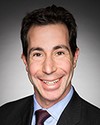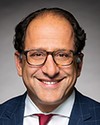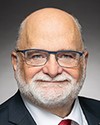Thank you for that clarification.
Dr. Mann, I want to follow up on your testimony respecting mandatory breath testing.
I certainly agree that there are far too many people who are dying or being seriously injured on our roads. I'm all for stringent sentences and holding people who make that choice of getting behind the wheel impaired accountable for the seriousness of the crime they are committing when they do that.
In terms of mandatory breath testing, you made reference to Australia. When you look at New South Wales, for example, it was brought in at a time when it was really one of the first measures to crack down on impaired driving. In Canada around that time in the early 1980s or the late 1970s, we started to see check stops and RIDE programs. We didn't go down the route of mandatory breath testing, but we went down the route of selective breath testing. We saw a very significant reduction in the number of deaths and the number of injuries on our roads following those measures.
You then look at a state like Victoria where you have mandatory breath testing, yes, but things like booze buses are out on the roads, where you have two or three million people—I saw numbers indicating that—who are stopped each year by these booze buses. In other words, almost everyone is being stopped. When we look at the numbers and we see, say, there's a decrease of the context, the other measures beyond mandatory breath testing would seem to partially explain why we're seeing those decreases. In other words, they may not necessarily be attributable to mandatory breath testing.





